Medical devices
search
news
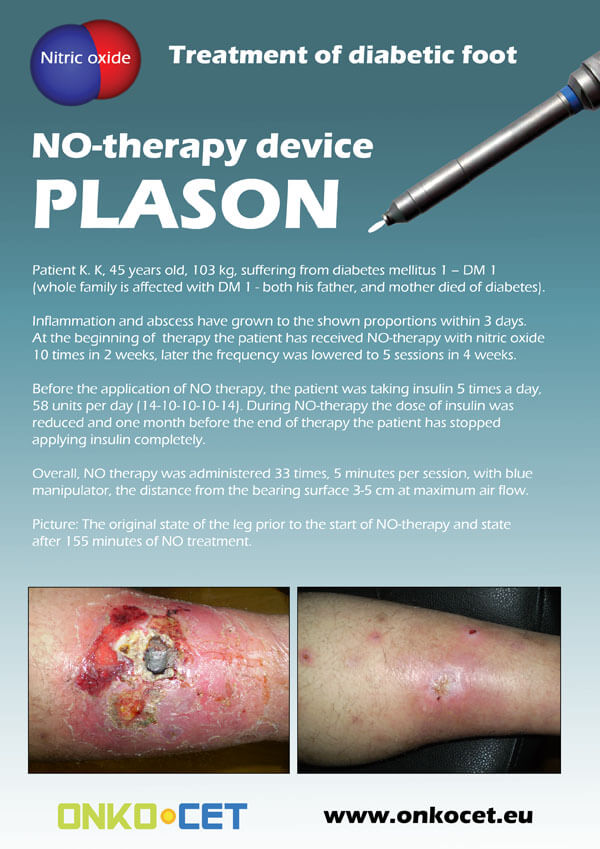
The PDF with the short report with pictures from the therapy of a diabetic foot can be viewed or downloaded here.
The pictures from the treatment of unhealing wounds an be found here:
http://www.onkocet.eu/en/produkty-detail/220/1/
The pictures from the treatment of unhealing wounds an be found here:
http://www.onkocet.eu/en/produkty-detail/293/1/
ONKOCET Ltd. has exhibited the devices from its portfolio on the MEDTEC UK exhibition in Birmingham, April 2011 through our partner Medical & Partners.
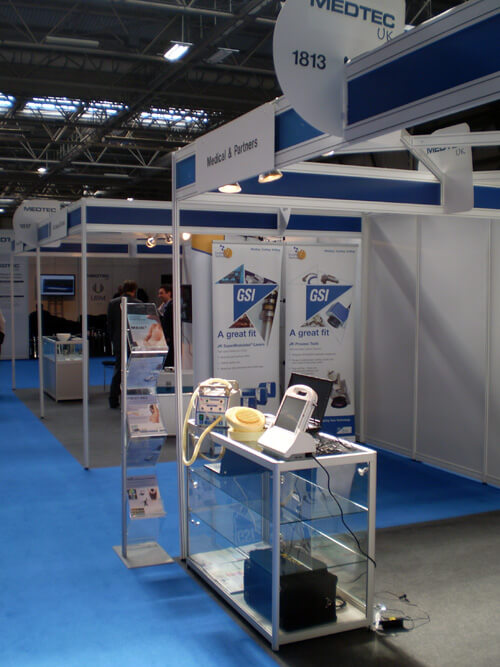
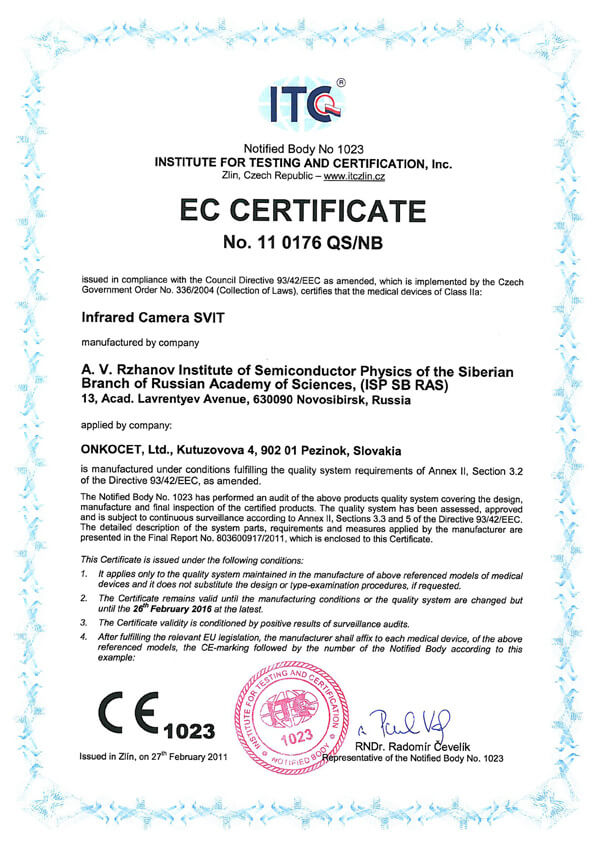 The ONKOCET company has successfully reached the certification of yet another medical device, Infrared Camera SVIT. The Certificate can be found here. The videos from the device operation can be found here.
The ONKOCET company has successfully reached the certification of yet another medical device, Infrared Camera SVIT. The Certificate can be found here. The videos from the device operation can be found here.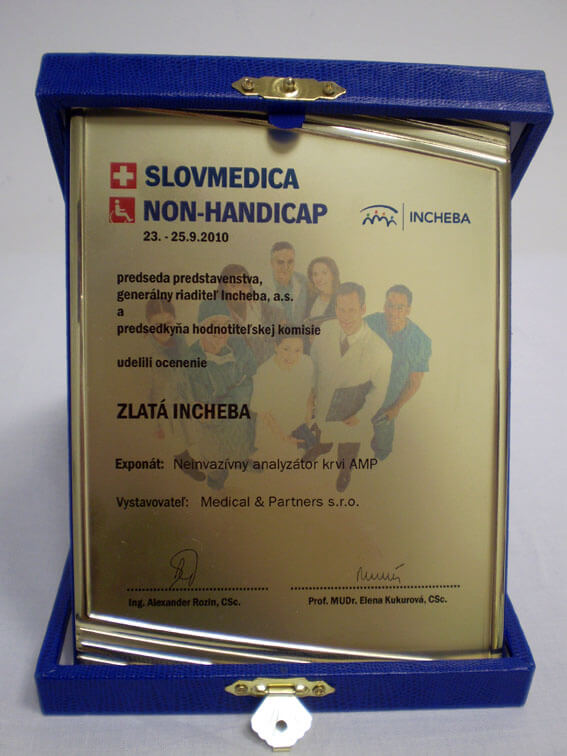 Our device, the non-invasive blood analyzer AMP has won the Golden Incheba prize at a medical exhibition SLOVMEDICA - NON-HANDICAP 2010. A big thank you goes to the organizers of the exhibition for acknowledging the quality of our device and to the exhibitor, the Medical & Partners company, for introduction of the AMP device to the medical public again.
Our device, the non-invasive blood analyzer AMP has won the Golden Incheba prize at a medical exhibition SLOVMEDICA - NON-HANDICAP 2010. A big thank you goes to the organizers of the exhibition for acknowledging the quality of our device and to the exhibitor, the Medical & Partners company, for introduction of the AMP device to the medical public again.We are pleased to inform our business partners, that our company has succesfully finished the certification process of Concor Soft Contact Lenses.
 You can find the certificate here.
You can find the certificate here.More information on Concor Soft Contact Lenses go to section Medical preparations/Concor soft contact lenses, or follow this link.
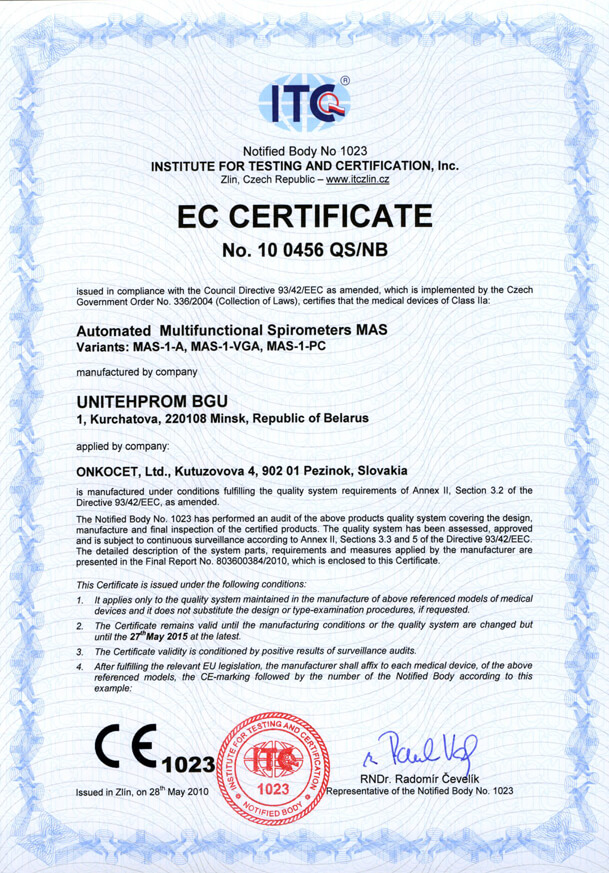 Our company has finished the certification process for another medical device, computerized spirometer MAS-1K with oximeter. You can find the device certificate here.
Our company has finished the certification process for another medical device, computerized spirometer MAS-1K with oximeter. You can find the device certificate here..jpg) Since May 2010 there is a new version of AMP device available.
Since May 2010 there is a new version of AMP device available.Follow this link if you want to see the pictures and specifications of the device.
http://www.onkocet.eu/en/produkty-detail/293/1/
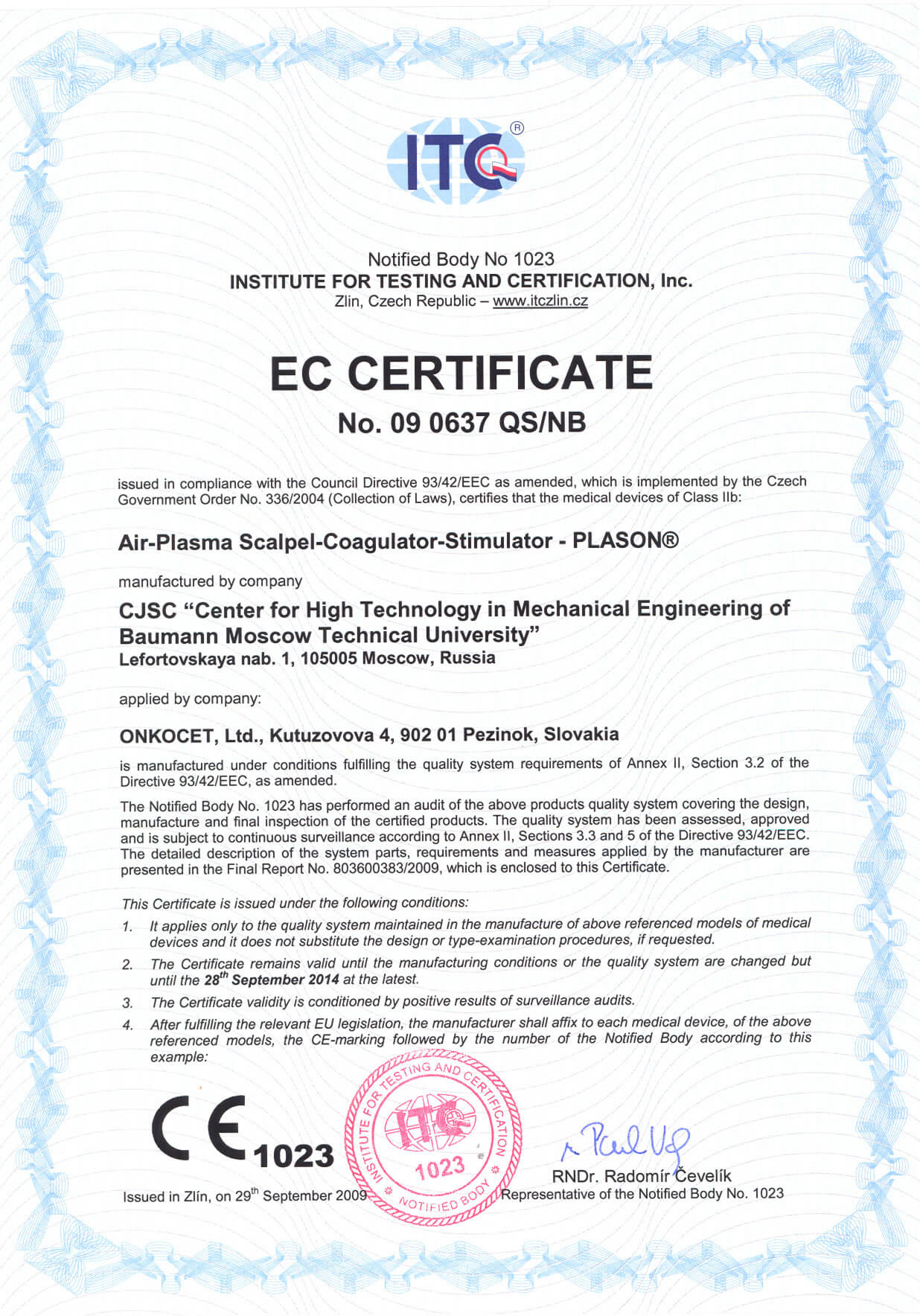 Dear partners,
Dear partners, In October 2009 we have received CE certificate for another device from our portfolio, NO therapeutical device PLASON. You can find more information about this revolutionary device, used for healing of unhealing wounds, diabetic foot, or for cosmetical purposes, at our webpage, section "Medical devices" -> PLASON-NO Therapy.
.gif)
Best regards
Team of ONKOCET Ltd. company
Introduction

INTRODUCTION
![]()
 At the beginning of 1990's, the World Health Organization (WHO) determined the strategy of public health care development in the whole world by three words: "Focus on patient". In the light of this strategy, one of the main objectives of professional activity of a doctor or a pharmacist is optimization of diagnostic and therapeutic measures for preventive health care, identification and treatment of a disease, and increase of efficiency and safety of treatment of a particular patient.
At the beginning of 1990's, the World Health Organization (WHO) determined the strategy of public health care development in the whole world by three words: "Focus on patient". In the light of this strategy, one of the main objectives of professional activity of a doctor or a pharmacist is optimization of diagnostic and therapeutic measures for preventive health care, identification and treatment of a disease, and increase of efficiency and safety of treatment of a particular patient.
Illness diagnostics is always carried out with the use of objective methods of patient examination and, first of all, blood analysis. In some cases changes in qualitative and quantitative composition of peripheral blood (blood corpuscles) allow to identify inflammatory and allergic processes, blood-forming system disease, and contribute to subsequent comprehensive patient examination and identification of a disease that has not yet declared itself.
Blood analysis plays a leading role among various comprehensive diagnostic methods. Correct and early recognition of a disease, reasonable treatment, true forecast of disease course are often impossible without morphological and biochemical blood analysis data. Blood picture is often a more sensitive diagnosis factor reflecting the condition of an organism unlike traditional clinical analysis methods. Blood analysis allows to detect discrepancies even with those patients and at those stages of disease when no clinical presentations are available and the results of other examinations are within the physical standard limits. Blood picture study in the course of disease is of special importance because it allows to judge of the severity of process, patient status improvements or degradations.
Clinical blood analysis is of exceptional importance. Comprehensive clinical blood analysis is a basic examination to determine the number of hemoglobin, number and morphology of erythrocytes, globular value, number and composition of leucocytes and erythrocyte sedimentation rate.
Leukogram analysis is widely used in practical medicine as an important additional method of clinical study of patient's condition for diagnostics of blood system diseases and many other diseases. Leukogram is one of the most frequently used and most important laboratory examinations and is required as a supplement to determine the absolute number of leukocytes. Determination of the number of leucocytes presents a complete clinical value only when correlated to the data obtained after differential determination of leukocytes.
ANESA Analyzer manufactured by research and production complex "Biopromin" Ltd is an instrument that allows to apply sensors to the “reference” biologically active points on a human body surface and measure temperature therein to determine the indicators of a comprehensive blood analysis which are used for diagnostics of diseases in medial practice.

